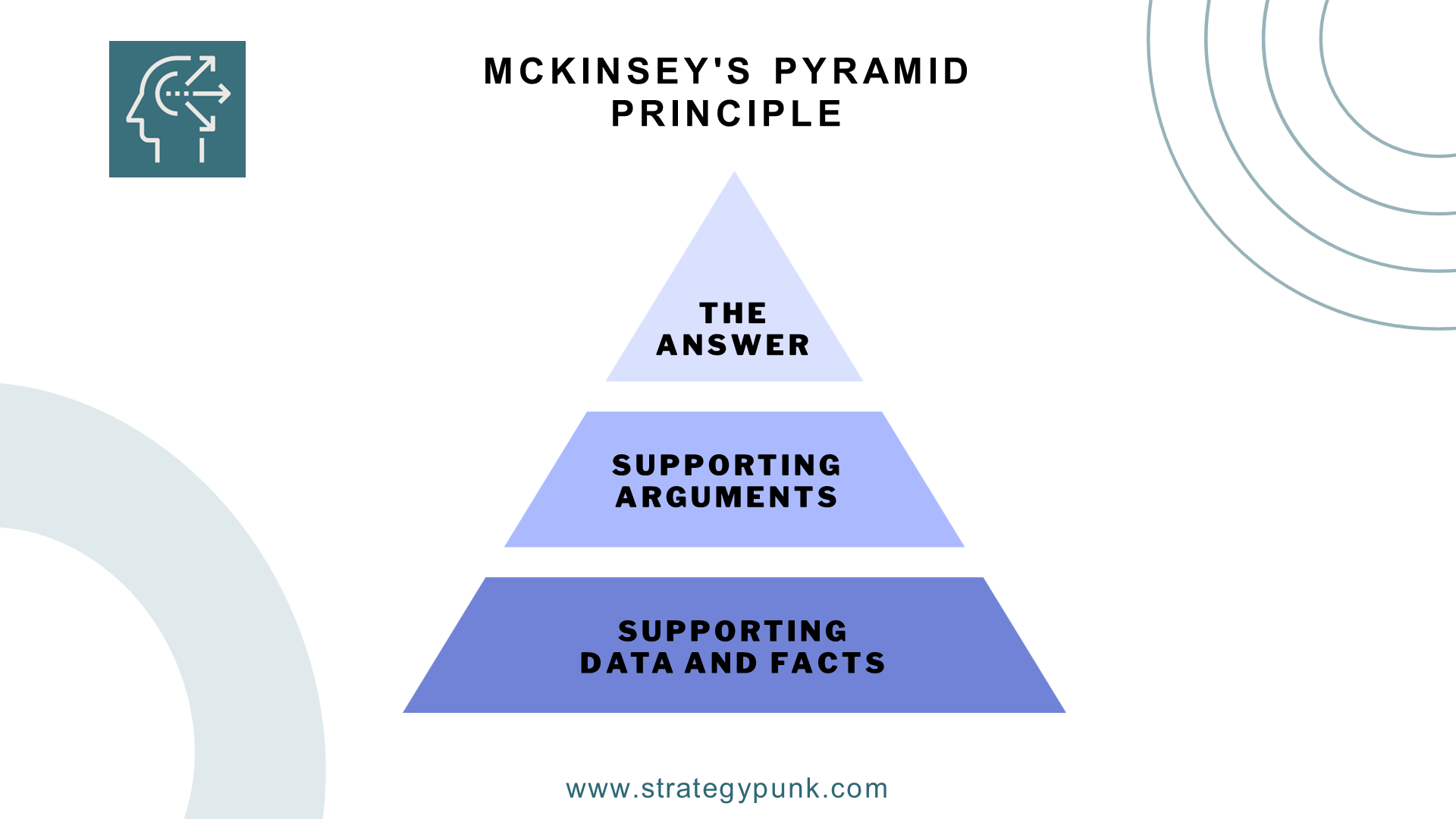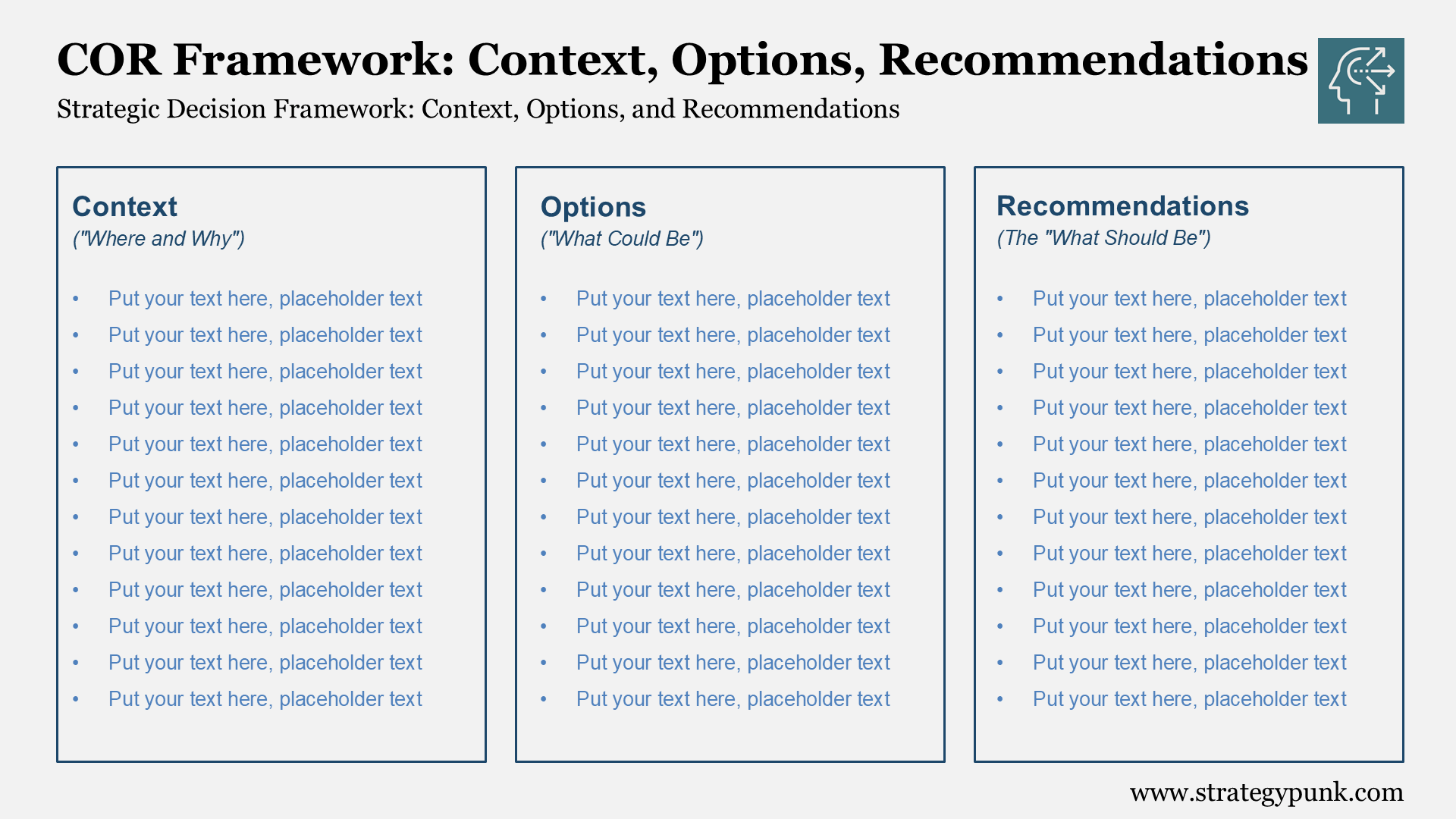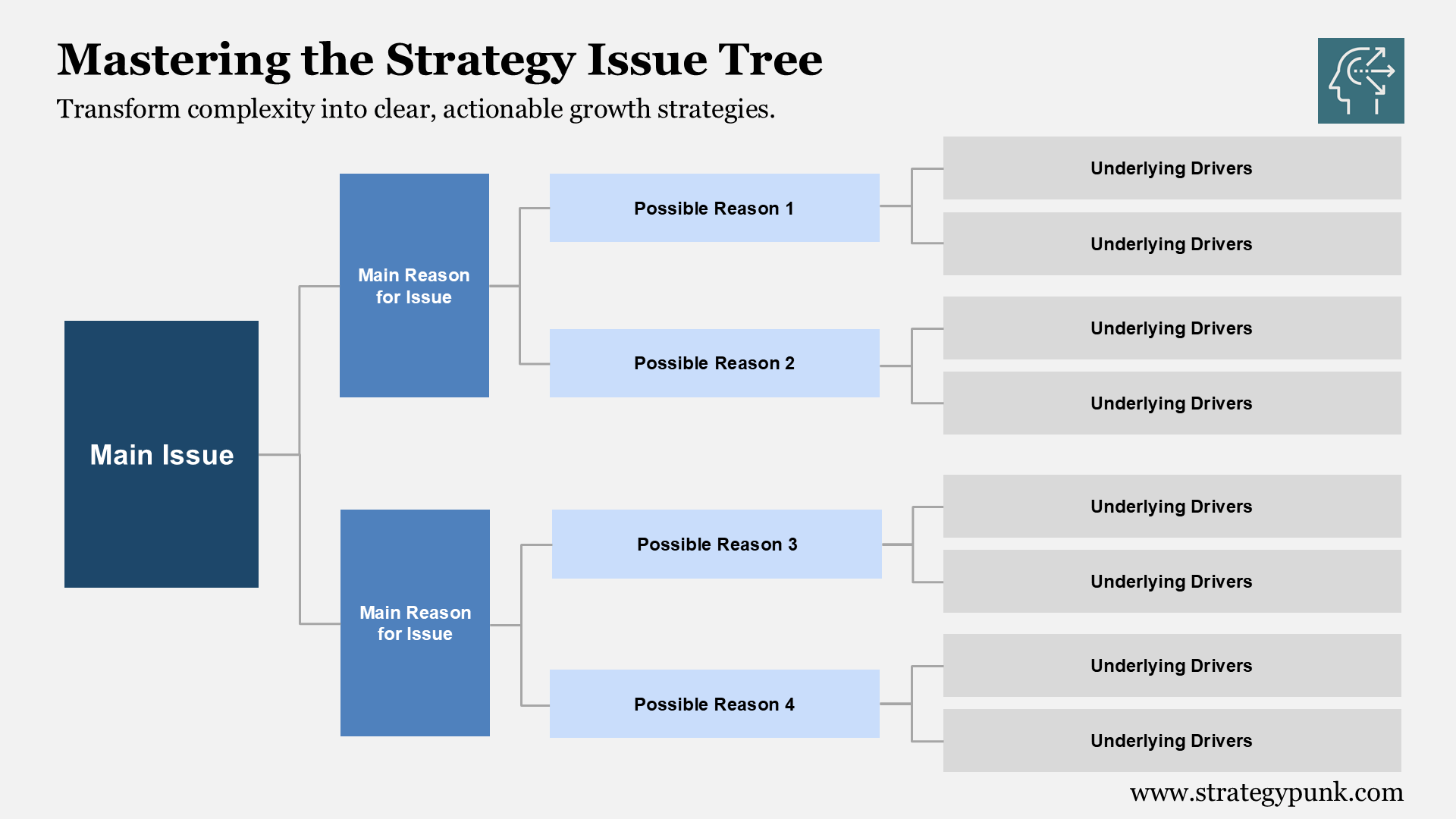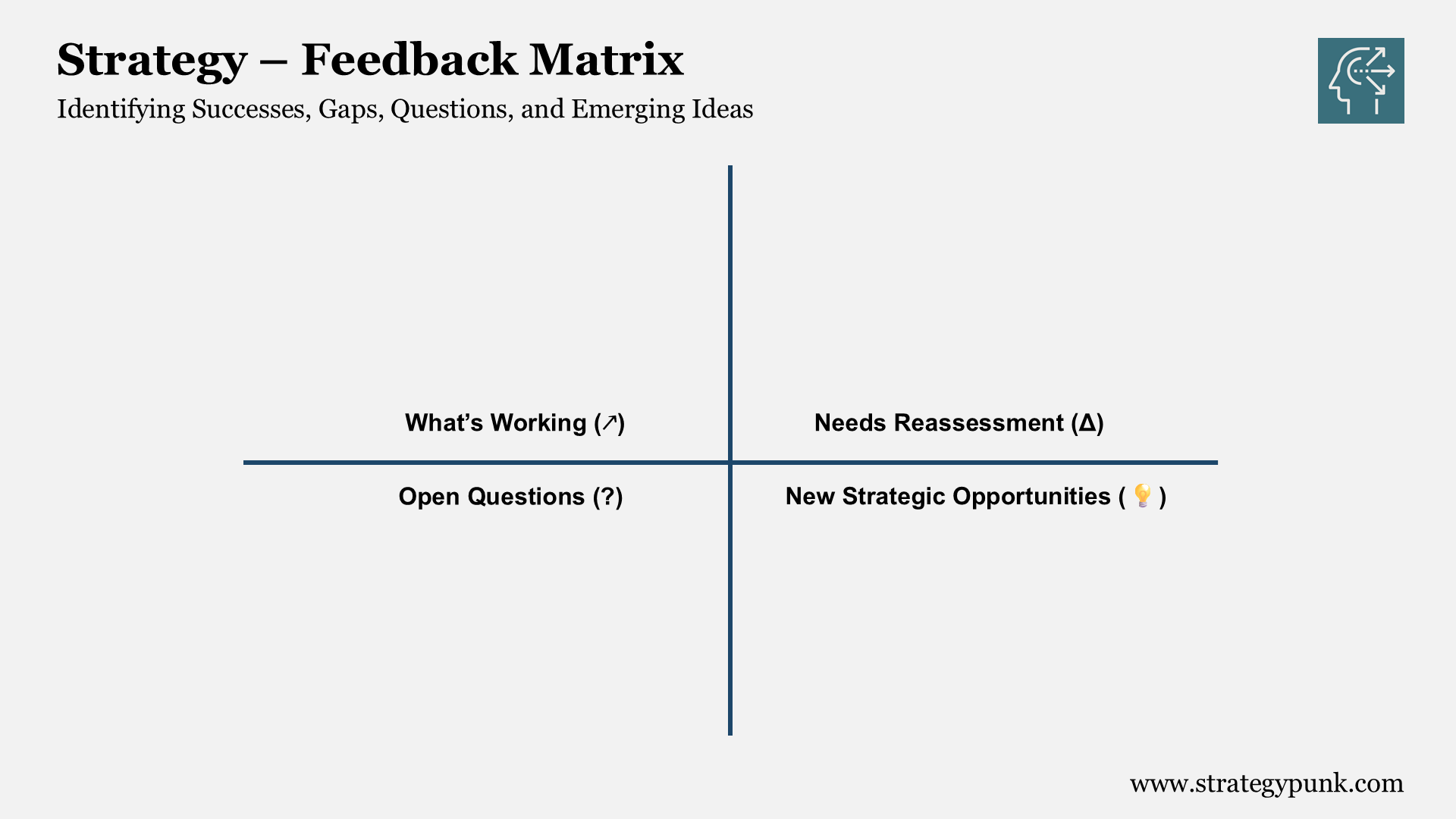McKinsey Pyramid Principle: The Ultimate Guide to Effective Arguments
The McKinsey Pyramid Principle is pivotal in structuring arguments, making data understandable, and driving informed decisions in fast-paced business environments. Using a top-down approach this methodology ensures concise, logical, and impactful presentations.

Introduction
The McKinsey Pyramid Principle is a communication framework developed by a former McKinsey consultant, Barbara Minto. The principle suggests that ideas should be presented structured and logically, with the most critical points at the top of the pyramid and supporting arguments and data below. By following this approach, presenters can ensure their ideas are clear, concise, and easy to understand.
The Pyramid Principle is widely used in consulting, business, and government organizations to structure and communicate complex ideas. The approach has been praised for its effectiveness in helping presenters to focus on the key messages they want to convey. By starting with the most important idea and then building a logical structure around it, presenters can ensure that their audience understands the main point and can follow the supporting arguments and data.
The McKinsey Pyramid Principle
Overview
The McKinsey Pyramid Principle is a communication tool widely used by consulting firms to present insights, analysis, and data points in a logical order that maximizes impact. It is a method of organizing information into a clear and concise structure that supports a presentation's title and main points. The Pyramid Principle is based on the idea that ideas should be presented in a hierarchy, with the most crucial information at the top, supported by supporting thoughts that follow a MECE (mutually exclusive, collectively exhaustive) principle.
Benefits
The benefits of using the McKinsey Pyramid Principle are numerous. It allows for clear and concise communication of complex information, making it easier for the audience to understand and retain the information presented. It also helps to think critically about the presented information, ensuring that all data and facts are relevant to the argument. Additionally, it helps to create a persuasive argument supported by the data and facts presented.
Methodology
To use the McKinsey Pyramid Principle, one must start with a high-level executive summary that outlines the presentation's main points. From there, the supporting thoughts are organized into a hierarchy that supports the main points. Each supporting idea should be mutually exclusive and collectively exhaustive, meaning that it should not overlap with any other supporting thought and should cover all aspects of the argument being made. The supporting ideas should be presented in a logical order that follows the MECE principle.
The Pyramid Principle is often used in PowerPoint presentations, with each slide representing a hierarchy level. The title of each slide should clearly state the main point being made, and the supporting thoughts should be presented in bullet points or tables that show the data and facts being used to support the argument.
In the consulting world, the McKinsey Pyramid Principle is often used in case interviews to organize information and present a persuasive argument. It is a valuable tool for any professional who needs to communicate complex information clearly and concisely.
The McKinsey Pyramid Principle is a valuable methodology for organizing information and presenting a persuasive argument. By following a logical hierarchy and using supporting thoughts that follow the MECE principle, one can create a presentation that is clear, concise, and supported by data and facts.
The Answer
Definition
The McKinsey Pyramid Principle is a communication tool that helps individuals structure their thoughts and ideas clearly and concisely. It is based on the principle that ideas should be presented logically, starting with the main point and then supporting it with evidence and data. The Pyramid Principle is often used in consulting but can be applied to any situation where clear and effective communication is essential.
Importance
The McKinsey Pyramid Principle is important because it helps individuals present information in a way that is easy to understand. Busy executives and decision-makers often need more time to grasp the main point of a presentation or report quickly. Individuals can use the Pyramid Principle to ensure that their main point is clear and that supporting arguments and data are presented logically and efficiently.
Application
The McKinsey Pyramid Principle can be applied in various situations, including presentations, reports, case interviews, etc. It can structure a single thought or organize a complex information set. By following the Pyramid Principle, individuals can ensure that their ideas are presented in a way that is easy to understand and motivates action.
When applying the Pyramid Principle, it is essential to start with a clear and concise main point, and this should be followed by supporting arguments and data presented logically. The Pyramid Principle can also identify and resolve problems by breaking complicated situations into smaller, more manageable parts.
Overall, the McKinsey Pyramid Principle is a valuable tool for anyone who needs to communicate effectively. Individuals can use the Pyramid Principle to ensure their ideas are presented clearly and logically and capture the reader's or audience's attention.
Supporting Arguments
Definition
Supporting arguments are the reasons and evidence for a central point or idea. They help to provide clarity and concise reasoning to a persuasive argument. Supporting arguments are essential in building a strong and logical structure for any case interview.
Types
Several types of supporting arguments can be used to strengthen a case. These include:
- Data and facts: Statistical and factual information can support a central point or idea.
- Supporting data: Supporting data is additional information, such as research findings or case studies, that can help a central point or idea.
- Supporting reasons: Supporting reasons are the logical reasons that explain why a central point or idea is valid.
- Costs and metrics: Costs and metrics demonstrate the impact of a central point or idea.
Examples
Please look at the following example to show the importance of supporting arguments. A company is considering implementing a new software system to improve efficiency. The main point is that the new software system will save the company money in the long run. The supporting arguments could include the following:
- Data and facts: Statistical data showing the cost savings of similar software implementations in other companies.
- Supporting data: Research findings that demonstrate the positive impact of the software on efficiency and productivity.
- Supporting reasons: Logical reasons why the software will save money, such as reducing the need for manual labor.
- Costs and metrics: A breakdown of the costs associated with the software implementation and how long-term savings will offset them.
The company can build a persuasive argument for implementing the new software system using these supporting arguments.
Supporting Data and Facts
Supporting data and facts are crucial for building a strong and persuasive argument in the McKinsey Pyramid Principle. Statistical and factual information can help the main point or idea and provide clarity and validity to the discussion. Supporting data, such as research findings or case studies, can also demonstrate the positive impact of the central point or idea.
Examples of supporting data and facts include:
- Market research data that supports the need for a new product or service
- Case studies of successful implementations of a proposed solution
- Customer feedback that helps the main point or idea
- Financial data that demonstrates the impact of a proposed change on the organization's bottom line
Using supporting data and facts can also help anticipate and address potential objections or concerns the audience may have. For example, if the central point or idea involves implementing new technology, providing data on its success rate in similar organizations can help alleviate concerns about its effectiveness.
When using supporting data and facts, it is vital to ensure the information is accurate and relevant to the argument. It should also be presented clearly and concisely through graphs or charts to help the audience understand its significance.
Conclusion
In conclusion, the McKinsey Pyramid Principle is a powerful tool that helps consultants and business professionals communicate their ideas effectively. Using a top-down approach and structuring their arguments logically and MECE, they can motivate action and drive change in their organizations.
The supporting arguments for the Pyramid Principle are based on the idea that busy executives have limited time and attention spans. Therefore, presenting information concisely and highlighting the most critical points is essential. This approach helps avoid confusion and ensures the audience understands the message.
The supporting data and facts for the Pyramid Principle show that it is an effective communication tool used by McKinsey consultants for decades. It has also been adopted by other consulting firms such as BCG and Bain, which demonstrates its widespread applicability and usefulness.
Recommendations for using the Pyramid Principle include training and practice to develop the necessary skills to apply it effectively. Additionally, it is essential to understand the core principles of the Pyramid Principle, such as the MECE principle and the flow of ideas.
The McKinsey Pyramid Principle has complications and requires careful thought and planning to implement successfully. However, the supporting reasons for using it far outweigh the problems, and it is a valuable tool for any consultant or business professional.
In summary, the McKinsey Pyramid Principle is essential for communicating ideas clearly and concisely. It is based on a top-down approach that first highlights the most critical points and is supported by data and facts. Using the Pyramid Principle, consultants and business professionals can motivate action and drive change in their organizations.
Executive Summary
if you don't want to read the comprehensive guide
Executive Summary: Harnessing the McKinsey Pyramid Principle for Clear and Effective Communication
- The McKinsey Pyramid Principle is a communication tool that structures complex ideas into clear, concise, and logical arguments.
- The method entails presenting the most crucial points first, followed by supporting ideas arranged hierarchically.
- A key feature is using the MECE (Mutually Exclusive, Collectively Exhaustive) principle to ensure comprehensiveness and avoid overlap in supporting arguments.
- The Pyramid Principle allows for effective communication of complex data, making it easy for audiences to understand, follow, and remember the main points.
- This method is widely used in consulting and business presentations, reports, and case interviews.
- Supporting arguments can be data, facts, reasons, costs, or metrics, which add weight to the main point and provide clarity.
- Despite requiring careful thought and planning, the Pyramid Principle is a highly beneficial tool that can drive organizational understanding and action.





